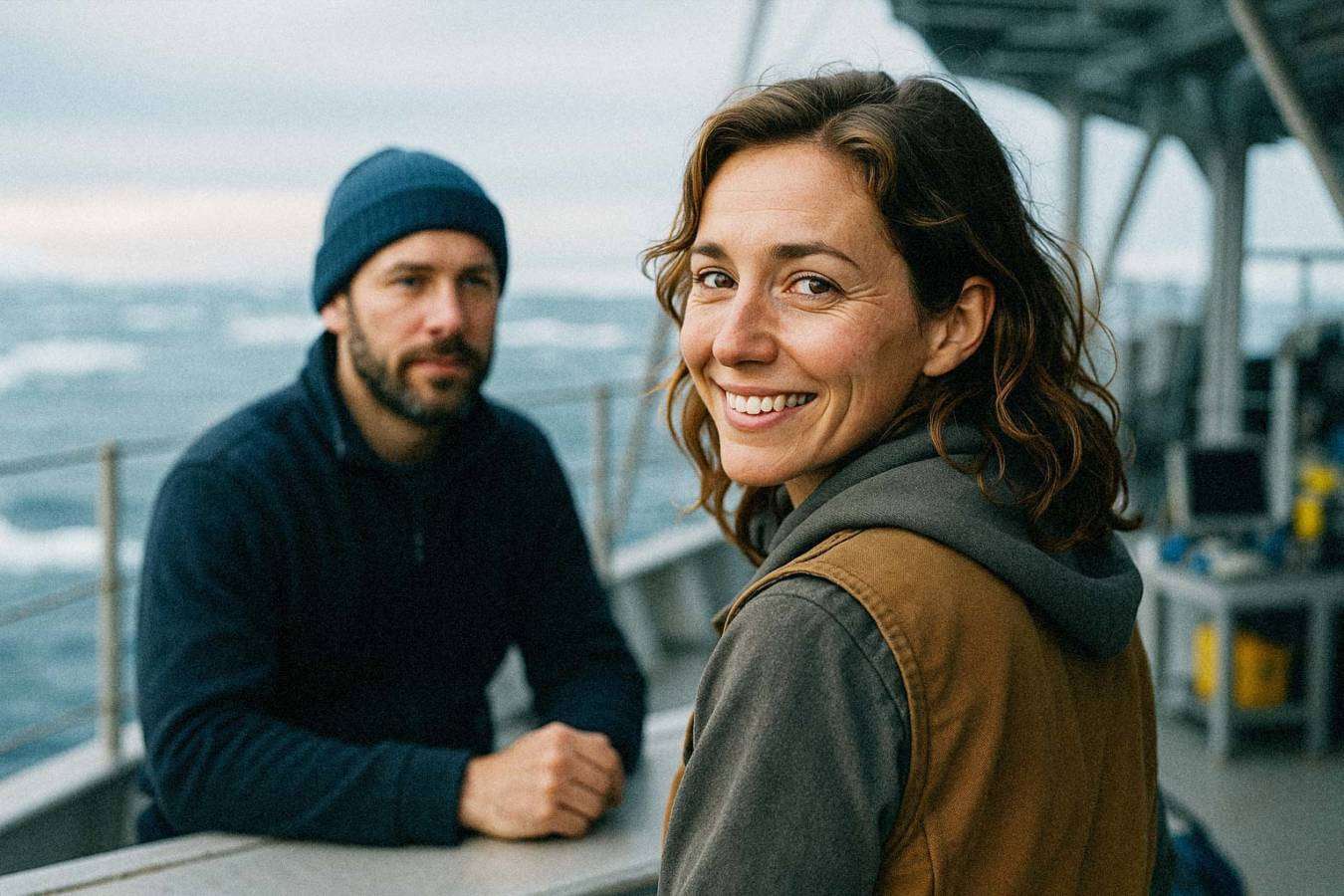The Critical Role of Arctic Sea Ice
Since 1979, the summer extent of Arctic sea ice has plummeted by roughly 40%, while the oldest, thickest ice cover has been reduced by over 95%. This loss undermines the Earth’s thermostat—sea ice reflects up to 80% of incoming solar radiation. Without it, our planet soaks up heat, accelerating global warming in a feedback loop that drives rising seas, erratic weather patterns, and the collapse of habitats vital to polar bears, walruses, and myriad other Arctic species.
Arctic Reflections: Scaling Centuries-Old Techniques
When I visited Svalbard in April 2024, I joined Max Bergman’s Dutch team for the first field trials of Arctic Reflections. Inspired by traditional Dutch ice-rink methods, their approach pumps cold seawater onto the ice surface in thin, controlled layers during the Arctic winter. Almost instantly, each layer freezes, thickening the ice naturally. In partnership with Delft University of Technology and UNIS, they demonstrated measurable gains in ice thickness—enough to withstand more of the summer melt. Their ambition is to deploy modular, renewable-powered pumping stations across vulnerable stretches of the Arctic Ocean.
Real Ice: Autonomous Drones at Work
Meanwhile, in Canada’s Cambridge Bay, I observed test flights of Real Ice’s hydrogen-powered underwater drones. Spearheaded by marine-robotics expert Dr. Eleanor Hughes, these drones bore tiny drills that puncture thinning ice, then inject a fine mist of seawater onto the surface. Early results showed treated zones gaining up to 80 cm of additional thickness. Dr. Hughes envisions a fleet of 500,000 drones covering one million square kilometers of sea ice—at an estimated cost of $6 billion per year. It sounds immense, yet pales beside the economic wreckage of unchecked Arctic decline.
Engineering for Sustainability
Both ventures prioritize low-impact deployment. Wind, solar, and hydrogen fuel their equipment, while noise-dampening design minimizes disturbance to sensitive seals and narwhals. Real Ice’s “smart coordination” uses AI driven by satellite data to target the worst-hit regions, maximizing efficiency and reducing wasted effort.
Questions on Scale, Cost, and Consequence
But as I watched pumps burble and drones hum against the stark Arctic horizon, I couldn’t escape a nagging question: are we trading one form of energy excess for another? Mobilizing and sustaining these high-tech fleets in subzero conditions demands enormous resources. Will our hope in geoengineering dilute the political will to slash greenhouse emissions? And might the machinery, however quiet and renewable-powered, still disrupt fragile ecosystems in ways we cannot yet foresee?
Toward a Combined Strategy
Leading researchers like Dr. Julienne Stroeve of UCL stress that geo-intervention is a stopgap, not a substitute: “We must pair refreezing methods with immediate, deep emissions cuts.” Indigenous communities and conservation bodies echo this, urging that any refreezing project be nested within broader habitat protection and climate-justice frameworks.
Planet Keeper’s Commitment
At Planet Keeper, we’re monitoring these initiatives closely. Through our subscriber network and KeeperFace community, we aim to:
-
Elevate public awareness of Arctic ice’s global importance
-
Channel funds and expertise to expand field trials
-
Advocate for transparent, science-led deployment that respects local ecosystems and rights
As I returned south, watching the Arctic fade beneath a low sun, I felt both cautious optimism and sober realism. These technological leaps offer a chance to buy time—but only if we heed the lesson they deliver: that restoring our planet demands far more than clever machines. It requires collective resolve to reduce emissions, protect ecosystems, and honor the limits of our home.

Sources
- GEO.fr — Recongeler la banquise arctique : le projet prometteur d’une start-up contre la fonte des glaces
- The Guardian — Startup plans to pump water to restore melting Arctic sea ice caps
- Grist — New technologies are helping to regrow Arctic sea ice
- WIRED Middle East — Could We Really Refreeze the Arctic?
- Ocean Decade (UNESCO initiative) — Svalbard Field Test 2024 – Research Summary Report
- Wikipedia — Sea ice refreezing



